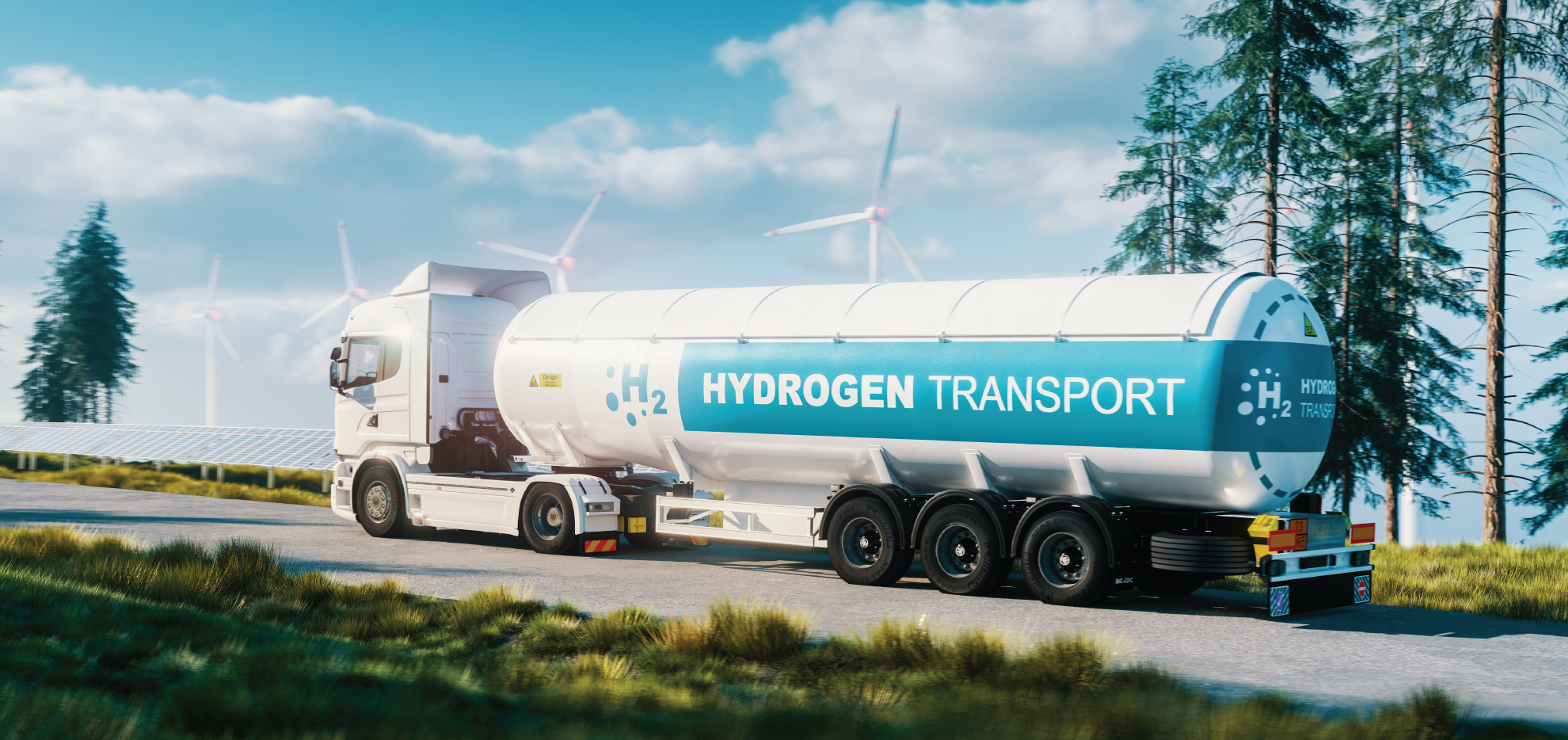Liquid Organic Hydrogen Carrier

Hydrogen is considered a clean energy carrier; however, it has low density at ambient conditions, making its storage a challenging task. Several technological options are being considered for hydrogen energy storage. The possibilities for hydrogen storage mainly include
- Physical storage such as compressed gas storage or cryogenic liquid storage
- Material storage such as Adsorbents (MOF-5), Metal Hydrides, Solid storage such as Ammonia Borane (NH3BH3) or liquid storage such as BN- Methyl Cyclopentane.
- Hydrogen can also be effectively stored using “Liquid Organic Hydrogen Carriers” systems. It offers numerous advantages over conventional hydrogen storage systems.
Currently, Ammonia is being actively considered as a potential hydrogen energy carrier. There is a sudden increase in interest and investments in several projects to produce green Ammonia from Hydrogen {sourced through water electrolysis} and Nitrogen {obtained from an air separation unit}. Is Ammonia as hydrogen energy storage superior to liquid organic hydrogen carrier systems? Maybe, maybe not.
What are Liquid Organic Hydrogen Carriers?
Certain organic compounds can react with Hydrogen and absorb the Hydrogen due to chemical reactions. The product of this chemical reaction can be thus used as a hydrogen storage medium that can be transported in liquid form and dehydrogenated to release the Hydrogen at the user end.
Methyl-cyclo-Hexane (MCH) is one such organic compound that can be used as a hydrogen carrier. The advantages are:
- MCH can be transported at ambient temperature and pressure. Cross country transport of MCH will be much cheaper than Ammonia.
- Unlike Ammonia, it does not require cryogenic storage or high-pressure transport conditions.
- Producing Ammonia consumes approximately 25 per cent more energy per unit of Hydrogen than the production of MCH.
- Hydrogenating toluene is a low-pressure and low-temperature process, whereas ammonia synthesis uses high-pressure and high-temperature (Haber-Bosch processes).
- Existing Gasoline infrastructure can be utilised for transport.
How Does the Technology Work?
Hydrogen storage in “Liquid Organic Carrier” systems requires an exothermic hydrogenation step and an endothermic dehydrogenation step. Hydrogen is reacted with toluene to form MCH. At the receiving station, MCH can be then dehydrogenated by applying heat to make Toluene and Hydrogen. Hydrogen is to be purified and used at the user location. Toluene to be recycled back at the source producing unit.
Like ammonia splitting, Dehydrogenation of MCH also requires high temperature. Toluene is the gas form that needs to be brought back to liquid form, losing some energy efficiency.
Ammonia Scores On
The Hydrogen carrying capacity of Ammonia is higher than MCH. While Ammonia has 17.8 wt% hydrogen density, Toluene-MCH has 6.2 wt% hydrogen density. Similarly, Ammonia has 12.1 vol% hydrogen density compared to 4.7 vol% in Toluene-MCH. The result at scale is that a cross country ship loaded with say 50,000 tonnes of MCH would deliver approximately 3,100 tonnes of Hydrogen– compared to the 8,900 tonnes of Hydrogen equivalent that a ship can carry with the same 50,000 tonnes of Ammonia.
So, Will you count Ammonia as the future of hydrogen energy storage systems?
Reference:
- Muhammad Aziz, Takuya Oda, Takayo Kashiwagi, “Comparision of liquid hydrogen, methyl Cyclohexane and ammonia on energy efficiency and economy”, 10th International Conference on Applied Energy, Hong Kong, 22- 25 August 2018.





